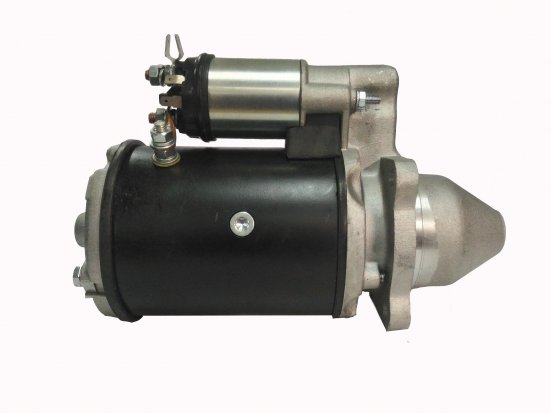

03 Feb 2017

The life span of an agricultural tractor is 20-30 years and at least once in its lifetime, you will want to change its starter motor to ensure smooth functioning. A starter motor converts electrical energy from the battery to mechanical energy, through gears which make the flywheel rotate during cranking of the engine. Such rotation compresses and ignites the flywheel to start the engine.
First, the current flows from the battery to the coil through the ignition terminal. Then, it flows from the pull-in coil to the field coil as well as armature, through the field terminal. This makes the solenoid plungers pull the starter drive closer, in order to mesh the ring gear with the pinion gear.
Once the gears are meshed together, more current goes to the starter motor and rotators, with greater torque. This makes the battery torment from the pull-in coil all the way to the hold-in coil thus creating a magnetic field to connect both the coils together. The plunger is then pulled back by the return spring and the current to the starter motor is thus cut out, which makes the pinion gear disengage from the ring gear. Then, the armature stops with spring-loaded breaks and the engine has been started.
A few examples of popular tractor makes are Case David Brown, New Holland, Ford, Massey Ferguson, Case, John Deere Combines, Deutz, Fordson, KDH, International Crawlers, International Payloaders, International Compact, Ford Combine, Case IH, Leyland Nuffield, Allis Chalmers, Lister Petter, Ford Escort etc.